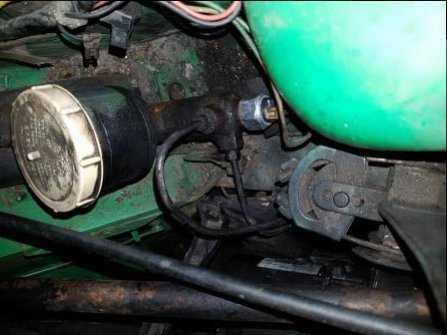ecurb.renots
Enthusiast
- Messages
- 164
- Location
- English but live in France 87250
I have got involved, as you do, with a neighbours R4 1983 GTL which has recently been CT tested in France and had brake results of
Front left 169
Front right 127
Rear left 139
Rear right 106
Overall efficiency 71% and handbrake 25%
We have changed discs and pads at the front and freed off a sticky caliper so expect that the front will now be okay. The back brakes appear good with wheel cylinders free, not leaking and good linings so i am assuming the difference must be down to adjustment. It is fitted with Bendix brakes. However i had expected that the auto adjusters whould adjust them evenly in which case what would explain the 139 to 106 difference.
Also does the difference front to back look about right. Sorry to ask if it was my car i would just fiddle until i was happy but with someone else car i feel under more pressure to know its right and to get it so first time.
Thanks, Bruce
Front left 169
Front right 127
Rear left 139
Rear right 106
Overall efficiency 71% and handbrake 25%
We have changed discs and pads at the front and freed off a sticky caliper so expect that the front will now be okay. The back brakes appear good with wheel cylinders free, not leaking and good linings so i am assuming the difference must be down to adjustment. It is fitted with Bendix brakes. However i had expected that the auto adjusters whould adjust them evenly in which case what would explain the 139 to 106 difference.
Also does the difference front to back look about right. Sorry to ask if it was my car i would just fiddle until i was happy but with someone else car i feel under more pressure to know its right and to get it so first time.
Thanks, Bruce






